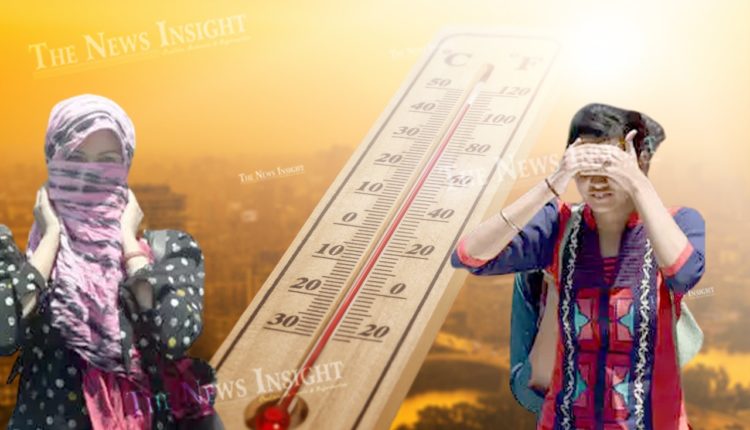No respite from Heatwave in Odisha
"Heatwave implies that the temperature is 5 to 6 degree Celsius above the normal temperature. It is not bearable for people if adequate precautions are not taken. Therefore, people should follow the guidelines taken by the State and central governments." said the Director General of the Indian Meteorological Department (IMD).
Insight Bureau: There has been no respite from the extreme heat conditions dubbed as the heat wave across multiple states, and Odisha has been enduring this quite the same.
“Heatwave implies that the temperature is 5 to 6 degree Celsius above the normal temperature. It is not bearable for people if adequate precautions are not taken. Therefore, people should follow the guidelines taken by the State and central governments.” said the Director General of the Indian Meteorological Department (IMD).
As per IMD data, the maximum temperature crossed the 40 degree Celsius mark in about 22 places in the State, 14 places showed a maximum of 42 degree Celsius, 9 places had a maximum of 43 degree Celsius and the highest was recorded in Boudh at 44.5 degree Celsius.
Support Independent Journalism? Keep us live.
The DG of the IMD, Mrutyunjay Mohapatra on Tuesday said that heat wave conditions may persist in interior Odisha for the next five days with 1 to 2 degree rise in day time temperature because of the northwesterly and westerly dry air. However, he added that there may not be any heat wave in coastal districts of the State in this period due to incursion of southerly winds which might lead to thunderstorm and wind in certain isolated pockets.
The Office of Special Relief Commissioner (SRC) has alerted 9 districts to be particularly careful in the coming days- Angul, Boudh, Balangir, Deogarh, Jharsuguda, Mayurbhanj, Sambalpur, Sonepur and Sundargarh.
The prevailing heat wave could be health hazard especially to the vulnerable group- infants, elderly and diseased so the SRC office has asked the collectors to closely monitor the situation and ensure the precautionary measures.


Comments are closed.